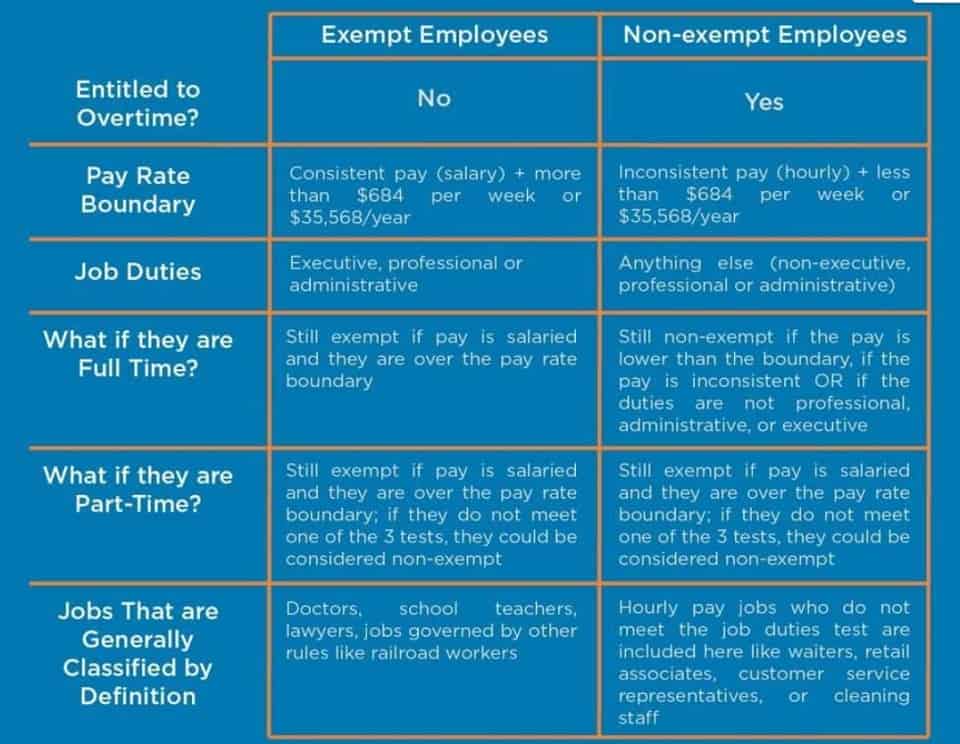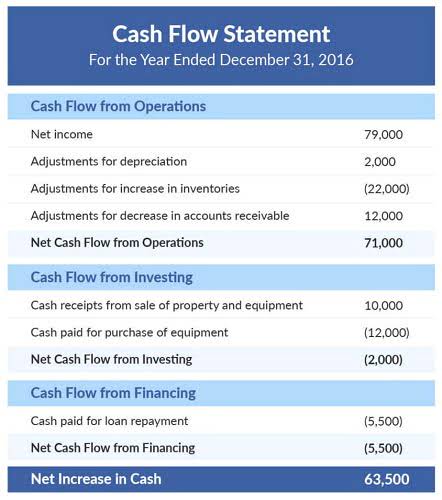
Similarly to POS, ecommerce lets you know what’s selling in your business. Ecommerce platforms like Shopify allow you to host your products for sale online, giving you agency over how your products are sold and insight into what’s going and what isn’t. If you’re coming from a business that hasn’t historically used technology, don’t be afraid of it. Sure, the 20 paper spreadsheets your team uses might “work” (sort of).

clients in the wine industry
These two categories represent ends of a spectrum; it is possible for a winery to primarily be vertically integrated, Catch Up Bookkeeping yet also acquire a portion of its required grapes from outside growers. Regardless of their origin, harvested grapes are weighed at a certified weigh station so that a record is available about tonnage, grape varietal, and vineyard origin. Such records provide important ongoing accounting and internal control data about the grapes throughout the production process.
Special Projects
When costs are intermingled and difficult to specifically identify, using the average cost method may work best. Using the average or weighted average for consumable supplies like yeast and sulfur or general costs like storage is appropriate. Examples of overhead include property insurance and taxes, building repairs and maintenance, utilities, and administrative staff wages. For example, light bulbs or air filters in your production facility are manufacturing overhead. There will always be a cost of doing business, and finding where you can reduce costs takes time, thoroughness, and consistency.
Winery Accounting:
It offers a valuable view of the results and sets the tone for future growth. By following this checklist and consulting experienced experts like the team here at Protea Financial, you can make it through this period at ease and maintain your winery’s bottom line. Contact Protea Financial today to find out more about how we can support your winery’s year-end accounting. It’s important to keep track of expenses accurately if you want to calculate your real cost of goods sold (COGS) and profitability. Use an expense-management software or create a robust system to group and track costs over the course of the year.

- Wineries are always being asked to contribute their wine to charity auctions.
- Our performance improvement strategies will reduce expenses, stabilize cash flow, and minimize risk to increase profits so your business can grow.
- This method involves tracking each item from the time of purchase through to when the wine is bottled.
- We identify and apply eligible farm-related deductions, including depreciation on equipment, land improvements, labor, and crop costs.
- For example, if the bonded warehouse is responsible for paying excise taxes, winery personnel should follow up with the tax authorities to make certain that taxes have been paid.
Sometimes the accounts you need will be dictated by your business structure. For example, an S- Corp will have an account for the owner’s salary, which you wouldn’t have in an LLC. In a partnership, you might have accounts for Guaranteed Payments, which you would not have in another structure. It’s an ordered list of sections, or accounts, for all of the transactions that go through your winery. For example, if your facility is 10,000 square feet but different amounts of space are used by each department, that’s something to factor into costing and budgeting.
Understanding COGS for Wineries
- We are here to help you see your story and move forward with insight and understanding, so you can build your winery business into what it was meant to be.
- Resource management solutions include a labor chart and field productivity data.
- Protea Financial is here to help you navigate the world of wine accounting.
- The best internal control is to only do business with reliable and known suppliers and to have a contractual arrangement that allows for retribution if lower quality or mislabeled goods are provided.
- We work with family-owned wineries from startup to about 10,000 cases.
Your winery’s profitability is driven by two things–what you can charge for your wine and what it costs to make and sell it. With laser-accurate winery accounting, you can base decision-making on facts instead of guesswork. From understanding how your winery operates to discovering cost-saving opportunities and forecasting revenue, we analyze every angle to free up your time to simply make wine. Leverage the power of IT solutions to help winery accounting boost your operational efficiencies through access to comprehensive, synchronous views of your entire business.
- From there, we’ll give you a proposal outlining our recommended services.
- Napa, CA – Brad Saunders is a 30 year Finance Professional with Winery and Vineyard Expertise in the California Wine Industry.
- As a reminder, while we partnered with an accounting firm, we are not accountants ourselves.
- So, logically, a high-grade red wine should accumulate a lot more indirect costs than a product that spends less time in the winery.
- We deliver forward-thinking business solutions, taking time to discern your unique business needs and anticipating how they may be impacted by the changing industry.
- Both plans allow you to track income and expenses, send invoices and accept payments and maximize your tax deductions with tagging features for expenses.
Protecting against raw materials fraud can be challenging, but being aware of the possible types of frauds possible is a good start. The best internal control is to only do business with reliable and known suppliers and to have a contractual arrangement that allows for retribution if lower quality or mislabeled goods are provided. Employees and nonemployees alike should be trained about the benefits of sharing information about any irregularities of which they are aware.

By carefully managing these loans and ensuring they are repaid during peak sales times, wineries can maintain a steady cash flow without incurring excessive debt. Weighted Average Cost is a more generalized approach, calculating the average cost bookkeeping of all inventory items available for sale during the period. This method smooths out price fluctuations, providing a stable cost basis for inventory valuation. It’s particularly useful for wineries with large volumes of similar products, as it simplifies the accounting process while still offering a reasonable approximation of inventory value.

0 hozzászólás